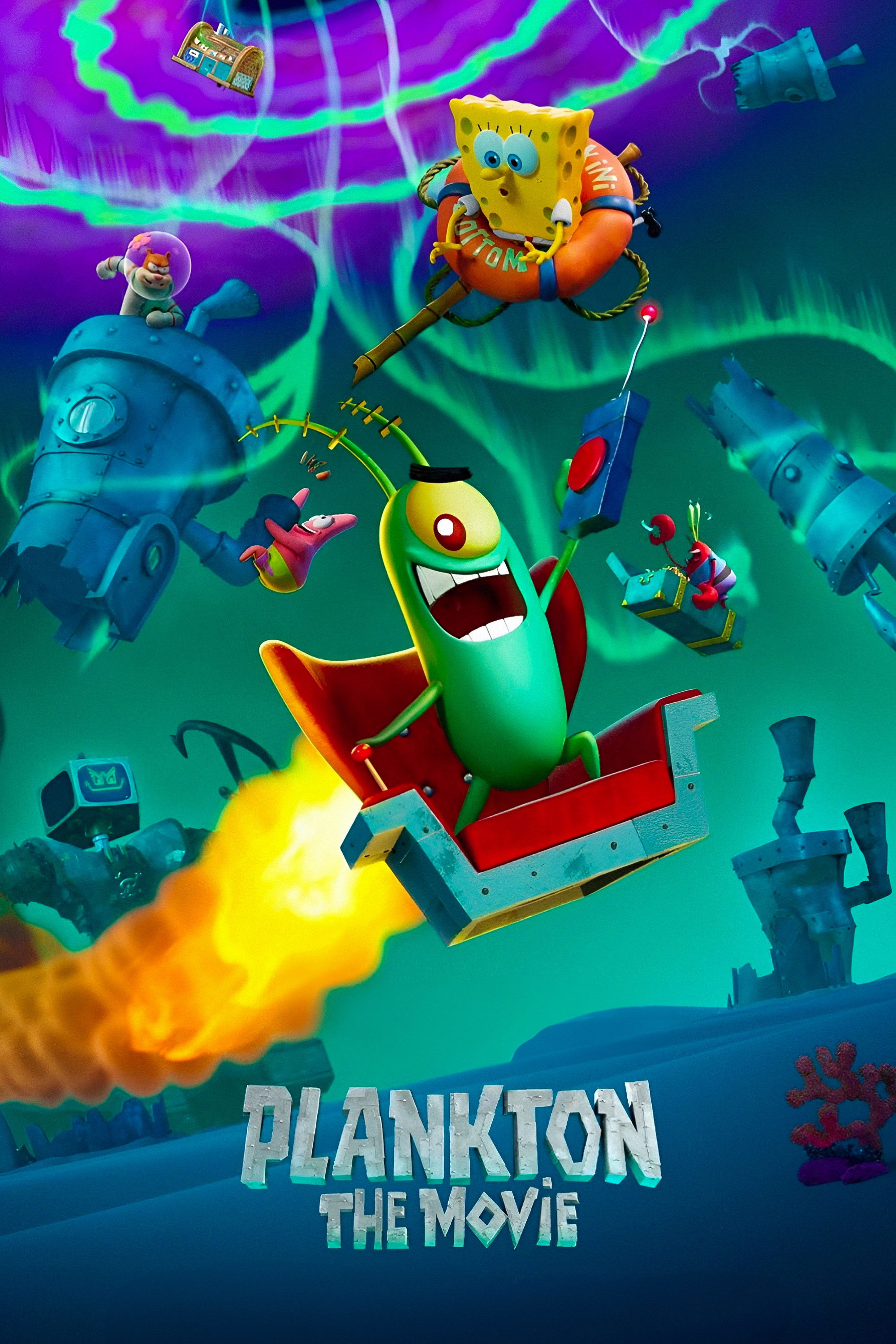**Let me tell you something, folks—movies are not just about entertainment. They’re a form of art, a way to tell stories, and sometimes, even a life lesson. But did you know that there are certain rules in the movie world that filmmakers follow? Yep, you heard me right. These 4 movie rules are like the secret sauce that makes your favorite flicks unforgettable. So, buckle up because we’re diving deep into the world of cinema and uncovering the hidden gems that make movies magical.**
Now, I know what you’re thinking—"Why should I care about these rules?" Well, my friend, understanding these 4 movie rules can enhance your movie-watching experience. You’ll start noticing things you’ve never paid attention to before, like how a director uses lighting or how a script is crafted. It’s like unlocking a whole new level of appreciation for the films you love.
And trust me, this isn’t just for film buffs or critics. Whether you’re a casual viewer or a die-hard movie enthusiast, knowing these rules will change the way you see movies. So, let’s get started and explore the fascinating world of cinema together. Who knows, you might even become the next Quentin Tarantino or Martin Scorsese!
- Vegamovies Alternatives 2024 Best Legal Streaming Platforms
- Indian Viral Mms News Impact The Dark Side Explained
Before we dive into the specifics, let’s take a quick look at what we’ll cover in this article:
- Rule #1: The Importance of Story Structure
- Rule #2: Character Development is Key
- Rule #3: Visual Storytelling Speaks Louder Than Words
- Rule #4: Sound Design Sets the Mood
- Subheading: Why These Rules Matter
- Subheading: Breaking the Rules
- Subheading: The Role of Technology
- Subheading: The Future of Movie Rules
- Subheading: Tips for Aspiring Filmmakers
- Subheading: How to Apply These Rules as a Viewer
Rule #1: The Importance of Story Structure
Alright, let’s start with the foundation of every great movie—the story structure. Think of it as the blueprint for building a house. Without a solid structure, the house collapses. Similarly, a movie without a well-thought-out story structure is destined to fail. Most successful films follow a three-act structure: setup, confrontation, and resolution. This tried-and-true formula keeps audiences engaged from beginning to end.
In the setup, we’re introduced to the characters, the setting, and the main conflict. The confrontation is where the action heats up, and the stakes are raised. Finally, the resolution ties everything together, leaving the audience satisfied. Now, not every movie strictly adheres to this structure, but it serves as a guideline for creating a compelling narrative.
- Movierulz 2025 Is It Safe Streaming Legality Alternatives
- Kat Timpf Cameron Friscia Marriage Rumors Truth Revealed
Why Story Structure is Crucial
Here’s the thing—story structure isn’t just about following rules; it’s about creating an emotional connection with the audience. When done right, it keeps viewers on the edge of their seats, eagerly anticipating what happens next. For example, take a look at movies like "Inception" or "The Sixth Sense." Their intricate story structures are what make them so memorable.
And don’t get me wrong, some films break the rules and still succeed. But even in those cases, there’s usually an underlying structure that holds everything together. It’s all about finding the balance between innovation and tradition.
Rule #2: Character Development is Key
Let’s talk about characters. They’re the heart and soul of any movie. Without well-developed characters, even the most exciting plot can fall flat. Audiences need to care about the people on screen, whether they’re rooting for them or against them. That’s why character development is one of the 4 movie rules you can’t ignore.
Great characters have depth, flaws, and motivations. They evolve throughout the story, facing challenges that test their limits. Think about iconic characters like Tony Stark from "Iron Man" or Ellen Ripley from "Alien." Their journeys are what make them unforgettable.
Breaking the Mold with Unique Characters
Of course, not all characters have to fit into traditional archetypes. Some of the most interesting films feature characters that defy expectations. For instance, movies like "Joker" or "Parasite" explore complex, morally ambiguous characters that challenge viewers’ perceptions. These films push the boundaries of character development, proving that rules can be broken when done with purpose.
But remember, breaking the rules doesn’t mean ignoring them altogether. Even the most unconventional characters need some form of development to resonate with audiences.
Rule #3: Visual Storytelling Speaks Louder Than Words
Now, let’s move on to the visual aspect of movies. Visual storytelling is another one of those 4 movie rules that can make or break a film. Think about it—how many times have you been moved by a beautifully shot scene or an impressive special effect? Visuals have the power to convey emotions, set the tone, and tell a story without a single word being spoken.
Directors use various techniques to enhance visual storytelling, such as camera angles, lighting, and color grading. For example, a low-angle shot can make a character appear more powerful, while a dimly lit scene can create a sense of tension. These subtle details add layers to the story, making it more engaging for viewers.
The Role of Technology in Visual Storytelling
Technology has revolutionized the way movies are made, especially in terms of visual effects. CGI, motion capture, and other advancements have allowed filmmakers to bring their wildest imaginations to life. But with great power comes great responsibility. Over-reliance on special effects can sometimes detract from the story, so it’s important to use them wisely.
Some of the best films strike a balance between practical effects and CGI, creating a seamless viewing experience. Movies like "Avatar" or "The Lord of the Rings" are perfect examples of how technology can enhance visual storytelling without overshadowing the narrative.
Rule #4: Sound Design Sets the Mood
Finally, let’s talk about sound design. This is one of those 4 movie rules that often goes unnoticed, but it’s crucial for creating an immersive experience. Sound design encompasses everything from dialogue and music to ambient noises and sound effects. Together, these elements set the mood and enhance the emotional impact of a scene.
A well-crafted soundtrack can elevate a movie from good to great. Just think about the iconic scores from films like "Star Wars" or "Jurassic Park." Those melodies stick with you long after the credits roll. Similarly, sound effects play a vital role in making scenes feel authentic and engaging.
The Future of Sound Design
As technology continues to evolve, so does sound design. Advances in audio technology have opened up new possibilities for filmmakers, allowing them to create more dynamic and immersive soundscapes. Surround sound systems, 3D audio, and spatial audio are just a few examples of how technology is shaping the future of sound design.
But no matter how advanced the technology becomes, the fundamentals of sound design remain the same. It’s all about using sound to enhance the story and connect with the audience on an emotional level.
Tips for Aspiring Filmmakers
If you’re an aspiring filmmaker, here are a few tips to keep in mind:
- Study the classics. Watch films from different eras and genres to understand what makes them work.
- Experiment with breaking the rules. Don’t be afraid to try new things and push the boundaries of traditional filmmaking.
- Focus on storytelling. No matter how impressive your visuals or sound design, the story should always come first.
- Collaborate with others. Filmmaking is a team effort, so surround yourself with talented people who share your vision.
Remember, filmmaking is both an art and a craft. It takes practice, patience, and a willingness to learn. But if you’re passionate about it, the journey is worth it.
How to Apply These Rules as a Viewer
Even if you’re not a filmmaker, understanding these 4 movie rules can enhance your movie-watching experience. Here’s how:
- Pay attention to the story structure. Try to identify the setup, confrontation, and resolution in the films you watch.
- Observe character development. Look for moments where characters grow or change throughout the story.
- Appreciate visual storytelling. Notice how lighting, camera angles, and color grading contribute to the overall mood.
- Listen to the sound design. Pay attention to how music, sound effects, and dialogue enhance the emotional impact of a scene.
By doing these things, you’ll gain a deeper understanding and appreciation for the movies you love.
Conclusion
So there you have it, folks—the 4 movie rules that every filmmaker should know. From story structure to character development, visual storytelling to sound design, these rules form the backbone of successful films. But remember, rules are meant to be broken—when done with purpose and creativity.
As a viewer, understanding these rules can take your movie-watching experience to the next level. You’ll start noticing details you’ve never paid attention to before, and it’ll make you appreciate the art of filmmaking even more.
Now it’s your turn. What do you think about these 4 movie rules? Do you have any favorite films that exemplify them? Leave a comment below and let’s start a conversation. And if you enjoyed this article, don’t forget to share it with your friends and check out some of our other content. Happy movie-watching, everyone!
- Filmyfly South Your Gateway To South Indian Bollywood Movies
- Uncut Web Series What To Know 2024 Guide Sites


